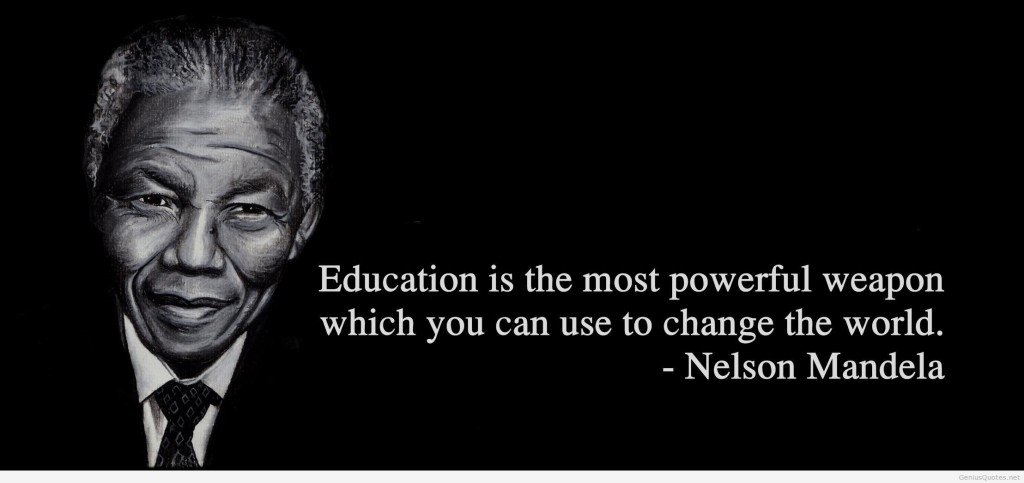Much like the rest of the world, the access to a quality education, especially for low-income families, remains difficult and at time intangible for millions of people. Even in countries like the United States, a person’s zip code and socio-economical status can dictate whether or not their child will receive an education for success or and education for failure. Similar to the US, South Africa faces this dilemma. With the economical class system greatly disparaging from one extreme to another extreme, we have to ask ourselves one simple question: What can we do to improve the education system in South Africa?
In the South African system, school success is dependent on the postal code and home address of its attendees. For those families who are unfortunate in having that lucky golden ticket, many of their kids attend schools that are under-resourced and under-staffed. Imagine sending your child to a school that lacks the necessary desk to accompany the entire class? Imagine sending your kid to a school that lacks the books to inspire their future dreams of becoming a lawyer, doctor, or president of South Africa? For too long this problem has existed. The curse of the zip code has to stop.
So how can we make a change?
It begins with the South African politicians, and school systems in strategically planning on our youth’s future. This type of investment requires them to plan alternative educational models whether that are in regards to adequate funding, resources, or new styles of teaching. One thing these school systems need to do is to stop copying and replicating other models of teaching from other countries. Our national examinations provide a strong holistic view of the strengths and weaknesses of our students. By implementing models that are meant for other students and other data will be anything but productive. What we can do is simply learn from those models and see what we can do to improve internally.
When it comes into the classroom, the biggest thing we need to do is utilize that data to our greatest advantage. By doing so, we can create another alternative into our teaching style that can provide our low-income communities with quality and competitive education. For those styles that are not work, we much additionally learn from those mistakes. For years, we have been set on a very antiquated set of teaching. By transforming and reinvigorating our style of teaching, the passion we can see in our students will continue to grow throughout the years.
For resources, we need to begin investing into our public education systems. The disparity between the two classes has greatly affected our youth and the nation. As stated beforehand, many of these schools do not have the simplest school supplies you will be able to find at any of our private schools. By allocating more funds into these schools, we will be able to provide a cultural environment in which our children will not only want to learn, but to also stay. Any investment made into these communities can only impact the schools in a positive way.
Last but not least, we need to revamp the goals internally and externally. Whether you are a teacher or politician, we need to start thinking about our children. Education, especially in these low socio-economical areas has taken a huge turn for the worse. Even finding a library in which children can safely read and do their homework has progressively become a problem in certain communities. Reflecting on our mission and our goals for our countries future is the only way to begin our change.

